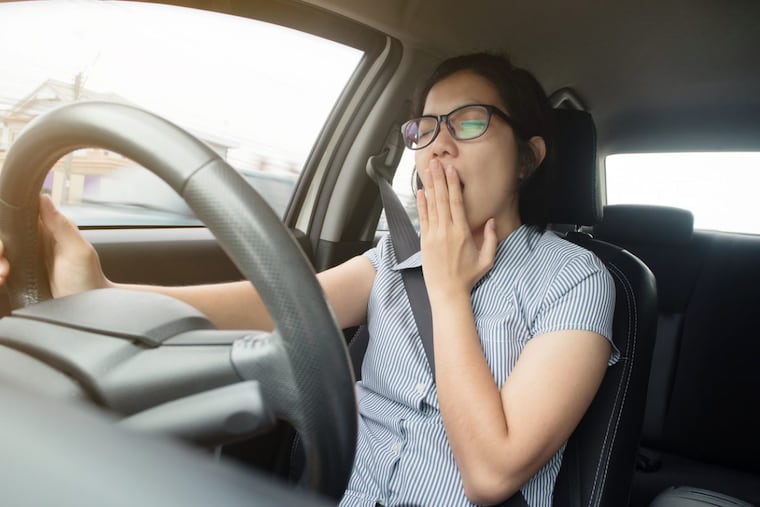How adults can save teens from drowsy-driving crashes
Delaying high school start times could potentially reduce the number of car crashes due to drowsy teens.

It has been almost 40 years since seat belts became mandatory in cars and I think none of us today would ever want to return to a time without them.
State and federal governments intervened to pass mandatory seat belt laws starting in 1968 out of grave concern for public safety and a healthy respect for statistical data. Decades of raw numbers showed that, when it came to seat belt use, the data went only one way: People involved in car crashes while not wearing seat belts were more likely to die, and those involved in car crashes while wearing seat belts were more likely to live. I'm guessing that if we were buying the car for our teen, we'd be glad for those studies and that government intervention. The risk of tragedy without them is too great and no cost too high to keep our daughters and sons safe.
With this said, it remains a sobering fact that cars are still coffins for too many teens, despite laws and ordinances involving seat belts, airbags, sober driving, teen driving curfews, and texting and cellphone use. Despite these, motor vehicle accidents are the leading cause of death among adolescents, accounting for over one-third of all deaths in this age group.
What else can we do to lower risk, and save our teens from injury, misery, and death by car crash?
We can delay high school start times. It is established fact that internal circadian clocks change in adolescence and that a shift in melatonin production makes it very difficult for an adolescent to fall asleep prior to 11 p.m. Teens need 8 to 10 hours of sleep a night. But typical middle and high school start times before 8 a.m. virtually guarantee that teens will not be able to sleep late enough in the morning to attain the sleep they need to function, learn, and thrive.
The overwhelming evidence that sleepy teens are vulnerable teens led the American Academy of Sleep Medicine earlier this year to issue a sternly worded statement urging that all middle and high schools start no earlier than 8:30 a.m., echoing a similar position statement issued by the American Academy of Pediatrics in 2014.
When it comes to sleep-deficient teens and car crashes, the data go only one way. About 20 percent of car crashes are attributed to drowsy driving, and the majority of these (55 percent) involve drivers age 25 and under. Drowsy-driving crashes are just as deadly as any other kind. The only good news is that multiple studies — in Kentucky, Minnesota, Virginia, and Wyoming — have shown that adolescent drivers living in districts with the recommended later school start times experience significantly fewer car crashes than those with earlier start times.
As responsible adults, we can no longer ignore the accumulating evidence that later school start times mean better-slept teens and fewer car crashes. And yet, nationally, only 15 percent of public high schools follow science-based recommendations and start at 8:30 or later. It's time to act: Contact your school board, mobilize other parents — our teens' lives are at stake.
Until adults work together to delay middle and high school start times and laws are passed requiring districts to do so, we will continue to have entirely preventable teen deaths on our national conscience — and the equivalent of blood on our hands.